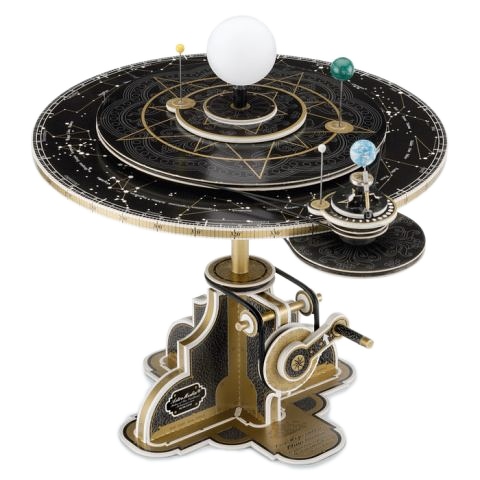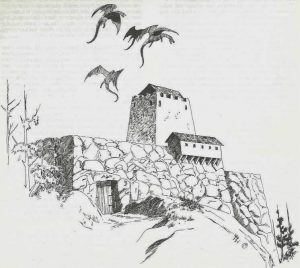I have packed up all my game notes and rules and I will soon be on the train to Faerün (so to speak).
The biggest difference in the game this time will be that I have adopted some advice I was given last week. For each major NPC I have given them a post-it note with a mini-flowchart of their tactics and or favoured spells. The idea is that as soon as I pick up a character sheet I can see at a glance what they are most likely to do in the first combat round without having to delve any deeper into the paperwork to look at skills or spell lists.
All it needs is what and the applicable skill total eg “Adr.Spd +70, Sp.Sudden Light” tells me that the NPC will attempt to prepare Adrenal Move Speed and their total skill is +70 whilst also casting the spell Sudden Light. (That is a spell that can stun everyone within its radius if they are not prepared). It is a 5th level spell and in this casters case can be cast in a single round without preparation.
The NPCs objective is obviously to try and create some confusion amongst their opponents whilst also giving themselves options (the adrenal move speed is a like Haste) for the following round.
The next section is split into two, being fight or flight. So having cast that spell I hav enow noted down two options depending on whether the NPC is going to fight on or try and get away. SO in this case it is either “Sp.Invis, Stalk+30” (cast invisibility and then creap silently away) or “Sp.Blur, att.Shuriken +35” (cast a spell that make them harder to hit and then attack with a thrown shuriken with a total attack bonus of +35). So there are two definite different strategies here. I have only sketched out two rounds because if the fight lasts longer than that then any pre-made plan will probably fall to pieces and any NPC that does not react to what the players are doing probably will not live very long.
At the bottom of the post-it is a note of the most significant items then NPC has such as weapons, wands, staves and potions etc.
The point is that from the moment the two parties meet I can tell at a glance what is likely to happen immediately. If the NPC is a criminal mastermind then chances are he or she will know what their best tactics are. By spending a new minutes before the game session to look at what their best options are then you will do them more justice in the game as well as make the opening sequence fast paced and exciting.
There are additional benefits to this I have noticed. If I am under pressure to decided the NPCs attack I am more inclined to reach for the lightning bolt. Given more time I find that there are some much more interesting and varied spells to use on the same lists. This makes the NPCs power points go further if you are casting a 5th level spell instead of a 12th level spell and they are tossing it off in a single round.
I ran a fight not long ago and after the fight was over I discovered that the, now dead, villain was carrying couple of powerful healing potions. He didn’t use them and it would have changed the nature of the fight if he had and to make it worse he did have an opportunity to do so. In the actual fight he tried to flee but was brought down by the PCs. I removed the potions from the inventory but if I had known immediately that he had them then the nature of the fight would have changed as would the rewards.
So now with the NPCs covered in green personality post-its and orange fight or flight post-its it is time to get my train. I will let you know how it goes.
If anyone can think of a good (roleplaying) use for my blue post-its then please let me know!





